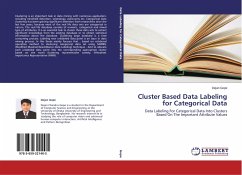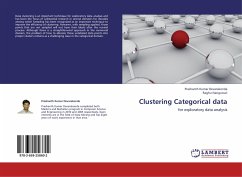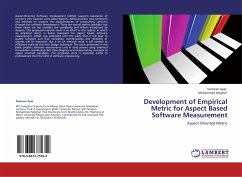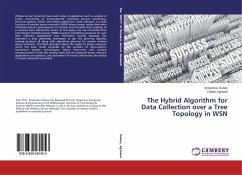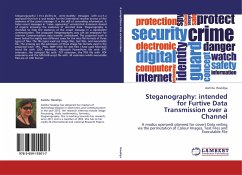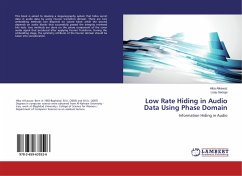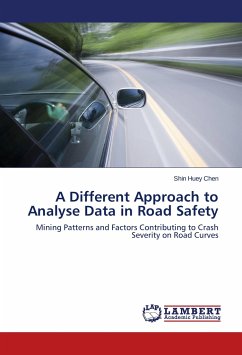Clustering is an important task in data mining with numerous application, including minefield detection, seismology, astronomy etc. Categorical data clustering has been gaining significant attention from researchers since the last few years, because most of the real life data sets are categorical in nature. The real life database consists of numeric, categorical and mixed type of attributes. It is an essential task to cluster these data sets to extract significant knowledge from the existing database or to obtain statistical information about the database. Clustering large database is a time consuming process. Labeling new unlabeled data point is an issue in data mining process. In this thesis mainly focuses that , based on relational operation method to clustering categorical data set using MMRDL (Modified Maximal Resemblance Data Labeling) technique . And to allocate each unlabeled data point into the corresponding appropriate cluster based on the novel clustering representative namely, N-Nodeset Importance Representative (NNIR).

